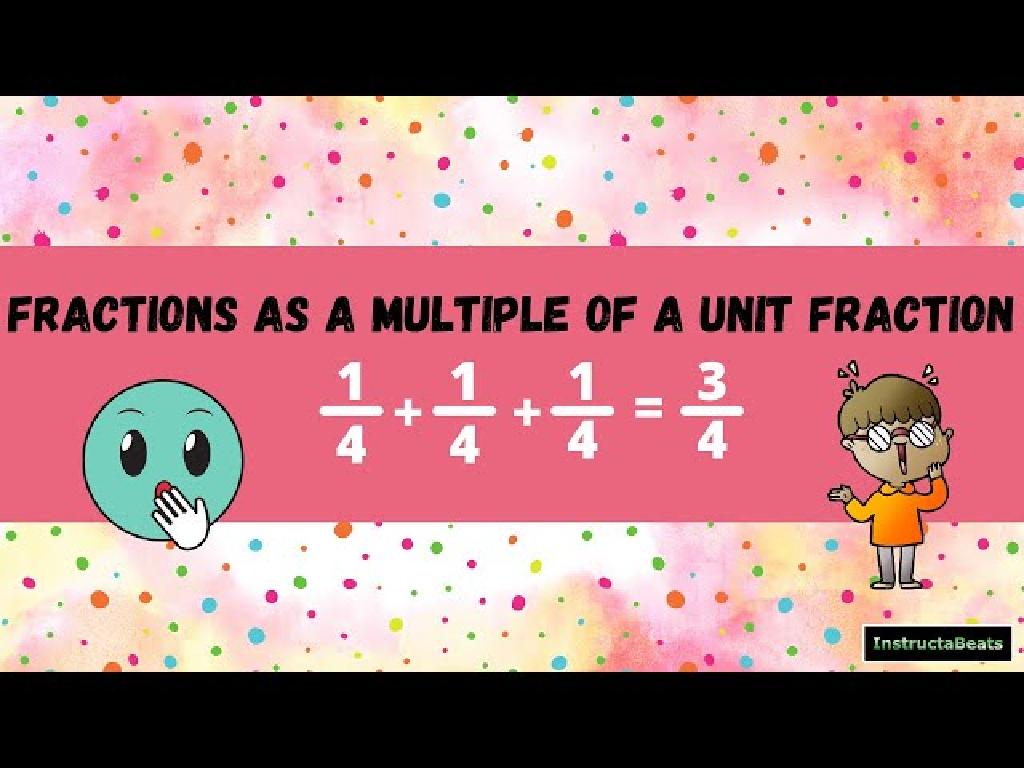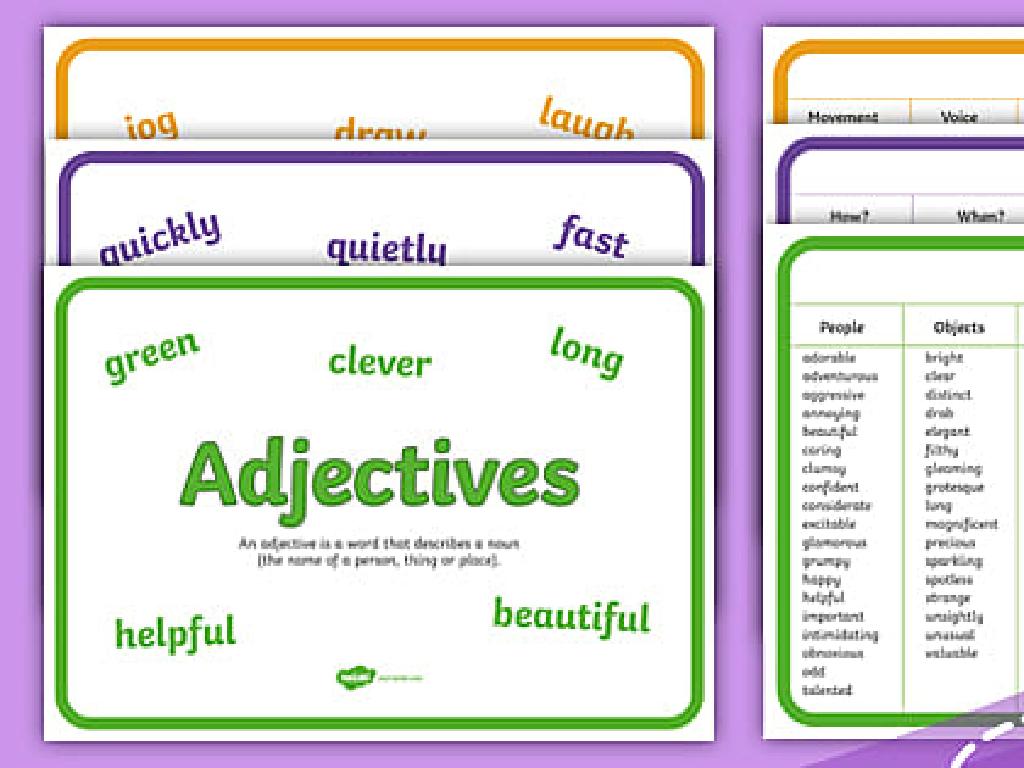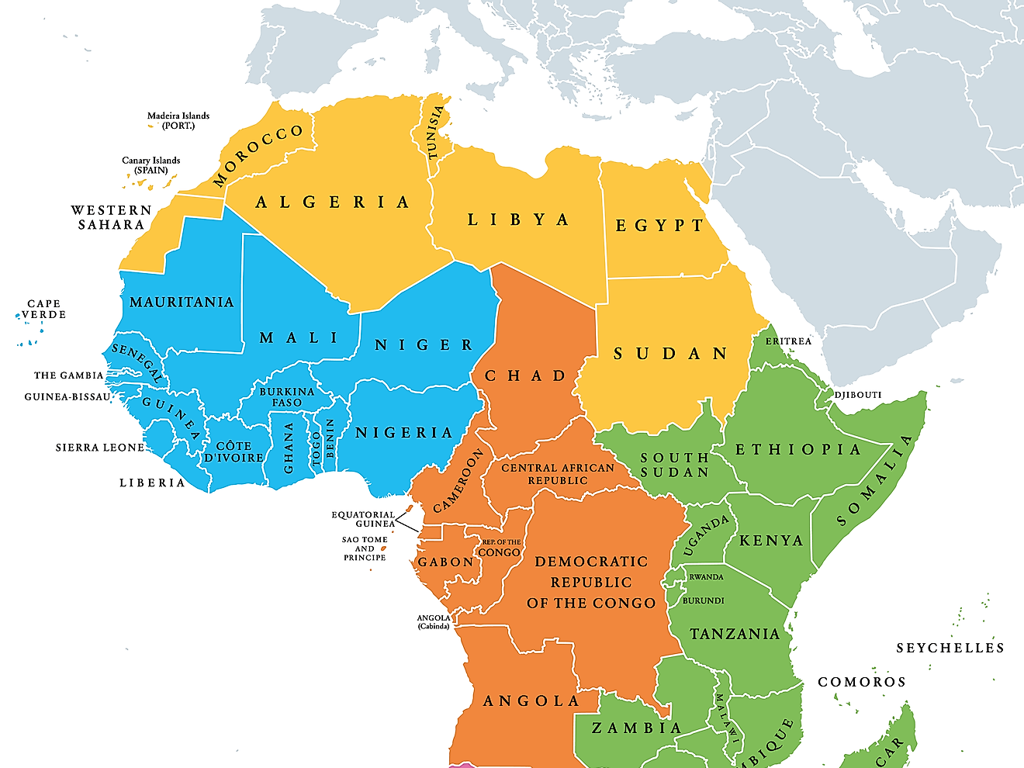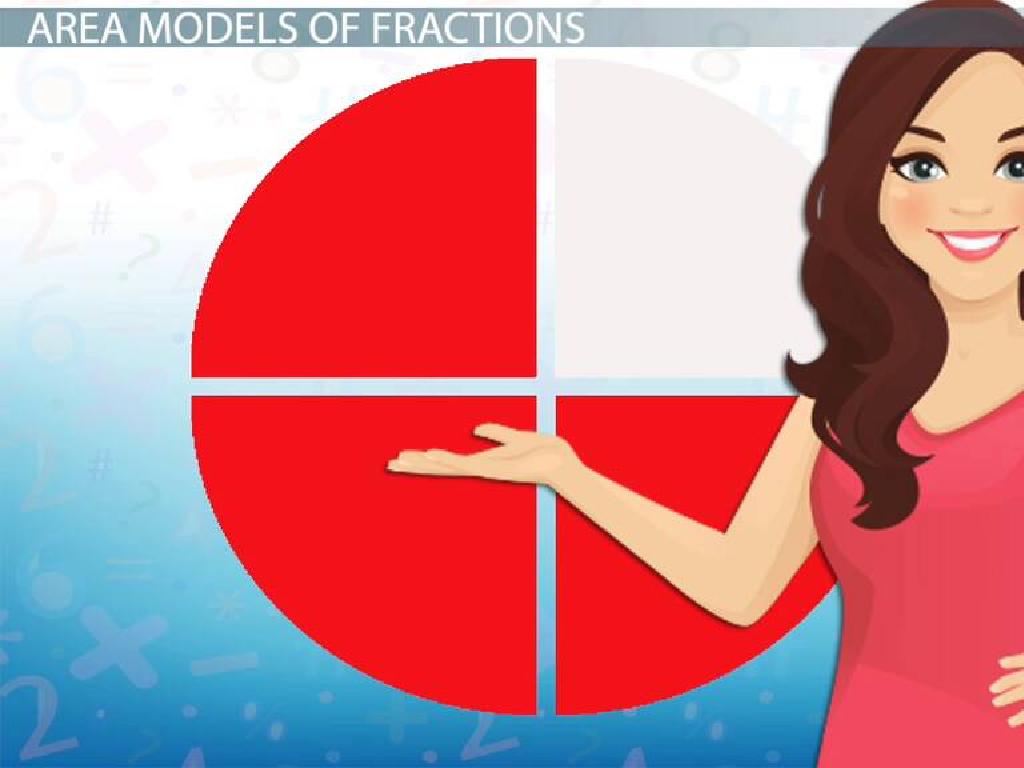Identify And Correct Plagiarism
Subject: Language arts
Grade: Fourth grade
Topic: Distinguish Facts From Opinions
Please LOG IN to download the presentation. Access is available to registered users only.
View More Content
Understanding Plagiarism
– What is plagiarism?
– Copying someone’s work without credit
– Using your own words
– It shows your understanding and creativity
– Facts vs. Opinions
– Facts are true and can be proven; opinions are beliefs
– Why originality matters
– To respect others’ work and show your unique ideas
|
This slide introduces the concept of plagiarism to fourth-grade students, emphasizing the importance of using their own words and understanding the difference between facts and opinions. Plagiarism is when someone uses another person’s work without giving them credit, which is not fair or respectful. Encourage students to express their thoughts and ideas uniquely, which demonstrates their comprehension and creativity. Discuss how facts are statements that can be proven true, while opinions are personal beliefs or feelings. Highlight why being original is crucial it respects others’ hard work and showcases the student’s individual perspective. Use examples to illustrate points and plan activities where students can practice distinguishing between plagiarized content and original writing.
Understanding Plagiarism
– What is plagiarism?
– Copying someone’s work without giving credit
– Recognizing examples of plagiarism
– Copying homework, using others’ words in essays
– Understanding why plagiarism is wrong
– It’s unfair, disrespects original work, and is dishonest
|
This slide introduces the concept of plagiarism to fourth-grade students. Begin by defining plagiarism as the act of using someone else’s work or ideas without proper acknowledgment. Provide relatable examples, such as copying a friend’s homework or using a paragraph from a book in an essay without citing it. Discuss the ethical reasons why plagiarism is wrong, emphasizing fairness, respect for original creators, and the importance of honesty in academic work. Encourage students to always give credit to the original sources and to create their own work. Use this opportunity to introduce the basics of citing sources in a way that’s understandable for fourth graders.
Facts vs. Opinions: Understanding the Difference
– Define a fact
– A fact is something that can be proven true.
– Define an opinion
– An opinion expresses someone’s beliefs or feelings.
– Clues to differentiate them
– Words like ‘think’, ‘feel’, or ‘believe’ often signal an opinion.
– Practice distinguishing facts from opinions
|
This slide introduces the concept of facts and opinions, which is crucial for understanding plagiarism and the importance of original work. A fact is a statement that can be proven true or false, such as ‘The sky is blue.’ An opinion is what someone thinks or feels, like ‘Chocolate is the best ice cream flavor.’ Teach students to look for clue words that indicate opinions and to verify statements to see if they are facts. In the next class, we will practice identifying facts and opinions in different texts. This will help students to avoid plagiarism by understanding what needs to be cited in their work and what can be stated as their own thoughts.
Identifying and Correcting Plagiarism
– Spotting plagiarism in texts
– Look for copied phrases or unusual wording
– Why citing sources matters
– Giving credit to original authors avoids plagiarism
– Using quotes for direct speech
– Put exact words from a source inside quotation marks
– Practice: Correcting examples
|
This slide aims to educate fourth-grade students on the concept of plagiarism and its prevention. Begin by explaining plagiarism as using someone else’s words or ideas without giving them credit. Teach students how to recognize potential plagiarism by looking for signs such as phrases that don’t sound like the student’s usual writing or ideas that are too advanced for their age. Emphasize the importance of citing sources to give proper credit to the original authors. Show how to use quotation marks when writing someone else’s words exactly as they appear in the original text. To reinforce learning, provide examples of text for students to practice identifying and correcting plagiarism. Encourage them to ask questions and discuss why it’s important to be honest in their work.
Correcting Plagiarism
– Understand plagiarism
– Copying someone’s work without credit is plagiarism.
– Learn to rewrite sentences
– Use your own words to express the same idea.
– Master paraphrasing skills
– Keep the original meaning but use different words and structure.
– Class activity: Fix a sentence
– We’ll correct a sentence as a class to learn how to avoid plagiarism.
|
This slide aims to educate fourth-grade students on the importance of originality in their work and how to correct plagiarism. Begin by explaining what plagiarism is and why it’s important to use our own words. Show them how to take a sentence and rewrite it in their own words, ensuring they maintain the original meaning. For the class activity, present a sentence that has been plagiarized and guide the students through the process of correcting it. This practical exercise will help reinforce the concept and give them the skills to paraphrase effectively. Encourage students to always ask for help if they’re unsure about how to rewrite or cite something they’ve read.
Your Turn to Investigate: Plagiarism
– Class activity on plagiarism
– Work in pairs for investigation
– Identify facts vs. opinions
– Facts are statements that can be proven. Opinions express personal feelings.
– Rewrite using your own words
– Make the sentence original, show your understanding.
|
This slide introduces a class activity focused on understanding and correcting plagiarism. Students will work in pairs to first identify what constitutes a fact and what is considered an opinion. Then, they will practice rewriting plagiarized sentences in their own words to avoid plagiarism. For the teacher: Prepare examples of plagiarized sentences and corresponding original texts. Guide students to understand the importance of crediting sources. Provide a checklist for identifying facts and opinions. Encourage creativity in rewriting sentences. Possible activities: 1) Matching plagiarized sentences to their sources, 2) Creating a ‘fact or opinion’ game, 3) Peer-review of rewritten sentences, 4) Discussing why plagiarism is wrong, 5) Creating posters with original sentences next to plagiarized ones.
Conclusion: Facts vs. Opinions & Plagiarism
– Importance of facts over opinions
Facts are proven true; opinions are beliefs.
– Plagiarism correction benefits
Avoiding plagiarism shows honesty and respect for original work.
– Reflect on today’s lessons
– Share your learning
Think about how you can use this knowledge.
|
Understanding the difference between facts and opinions is crucial for students as it helps them to critically evaluate information, which is an essential skill in all areas of learning. By identifying and correcting plagiarism, students learn the importance of academic integrity and the value of original work. This slide aims to wrap up the lesson by encouraging students to reflect on the importance of distinguishing facts from opinions and understanding the consequences of plagiarism. Have students share what they’ve learned to reinforce their knowledge and to ensure they recognize the significance of these concepts in their daily lives.






